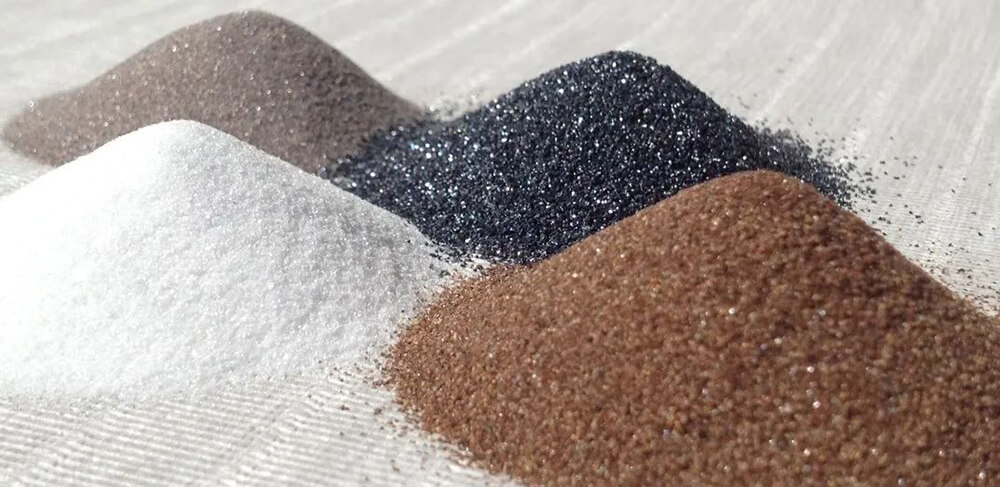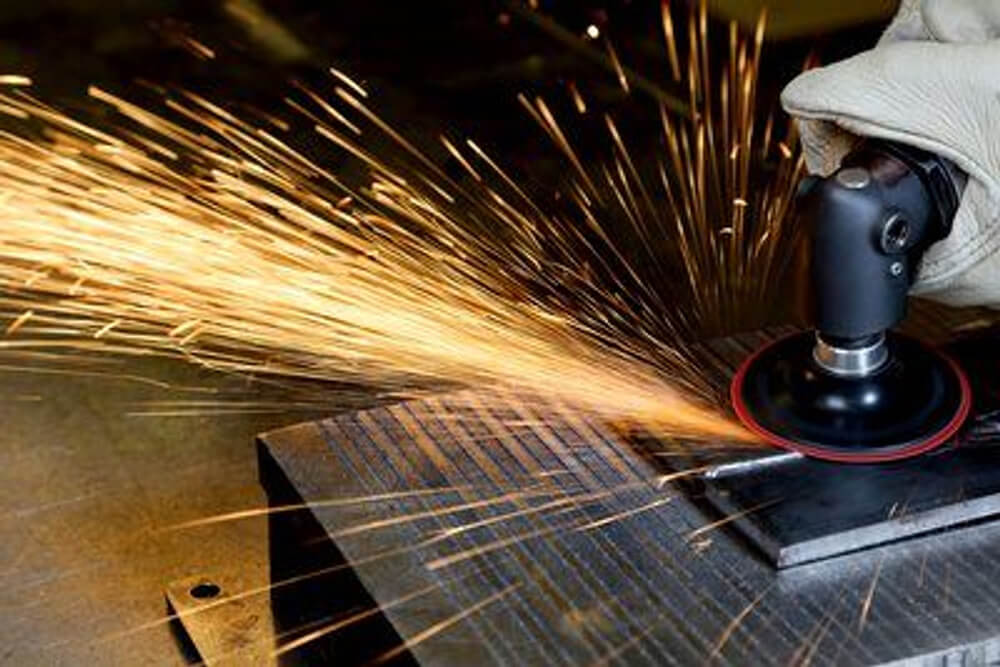
For people in the manufacturing industry, the sharp and hard material “abrasive” is an indispensable material for the manufacture of every precision product, and plays an irreplaceable role in many processing links. From the softer household detergents and gemstone abrasives to the hardest material, diamond, abrasives are used in a wide range of applications – it can be said that abrasives have played an extremely important role in the development of human industrial civilization.
In the automobile manufacturing industry, the tight fit between the piston ring and the cylinder, the valve and the valve seat, the accuracy of the transmission and gear, etc., must be processed with abrasives and abrasive tools to ensure. Other related new products, such as media for plastic bonded tumbling mills, save time and increase productivity for deburring large numbers of parts.

As a key role in material processing and forming, abrasives need to meet certain performance requirements before they can be used in the corresponding processing fields, which can be divided into the following aspects:
1. Chemical composition
The chemical purity of the abrasive plays a decisive role in the properties of the abrasive, even if the impurity content is very low, it may make a great difference in the properties of the abrasive. For example, in the
corundum abrasive system, the presence of trace Na2O impurities will have a greater impact on the abrasive properties, because Na2O will react with Al2O3 at high temperature to form β-Al2O3, which will affect the purity of α-Al2O3 and lead to coarse abrasive grains. , making the mechanical properties of the abrasive worse; black corundum contains more Fe2O3 (above 5%), so its hardness is much lower than that of brown corundum; 97%), so its hardness is higher than that of brown corundum.
2. Hardness
Hardness is the most basic performance index for abrasives. The hardness of the abrasive needs to be higher than the hardness of the workpiece in order to exert its grinding effect. The higher the hardness of the abrasive, the stronger the ability to scribe and cut into the workpiece. Since different types of abrasives correspond to different hardnesses, they are suitable for different processing fields.
3. Resilience
The toughness of an abrasive refers to the ability of an abrasive particle to resist breakage when subjected to force. The abrasive needs to have a certain toughness to be able to give full play to its cutting effect. If the toughness of the abrasive is too low, the abrasive particles will be broken or even fall off too quickly during the grinding process, and the cutting effect cannot be fully exerted. However, if the toughness of the abrasive is too high, In turn, the abrasive particles are difficult to be broken during the grinding process, and new cutting edges cannot be formed, resulting in poor self-sharpening of the abrasive and reducing the cutting efficiency of the workpiece. The toughness of the abrasive is closely related to its macroscopic shape. For example, the toughness of the equal-volume abrasive is better than that of the flake or rod.
4. Mechanical strength
Abrasives will be subjected to both grinding force and impact load during the grinding process. Therefore, the abrasives must have sufficient mechanical strength to meet the corresponding grinding requirements. Since diamond material occupies an extremely important position in the abrasive system, the mechanical strength of the abrasive is generally measured by the single particle compressive strength of diamond.
5. Chemical stability
When the abrasive is working, the corresponding chemical stability should be maintained for the workpiece to be processed, so as to avoid adhesion and mutual diffusion with the workpiece, resulting in blockage of the abrasive tool or pollution of the workpiece. For example, SiC and Fe react.
6. Thermal stability
The thermal stability of abrasive refers to the ability of abrasive to maintain its various physical and chemical performance indicators in the working temperature range. The abrasive tool is subjected to friction during the working process, which leads to an increase in the temperature of its working area (above 400 ℃), so the thermal stability of the abrasive is an important indicator to measure its grinding ability. Although diamond has excellent performance at room temperature, when processing ferrous metals, graphitization will occur at high temperature, which will reduce the cutting ability of abrasive tools and cause damage to the surface structure of the workpiece.
7. Thermal conductivity
Abrasives need to have good thermal conductivity to ensure that the heat generated during the grinding process can be dissipated in time, so that the temperature of the working area is maintained in a suitable range, on the one hand, it can avoid burning the workpiece, on the other hand, it can prolong the use of the abrasive tool. life.
8. Thermal expansion coefficient
The thermal expansion coefficient of the abrasive needs to be matched with the thermal expansion coefficient of the binder used, so as to avoid excessive residual stress in the abrasive tool due to the mismatch of expansion and contraction rates during sintering and grinding, resulting in grinding The tool is deformed or even damaged, which affects the stability of grinding and the service life of the tool.

